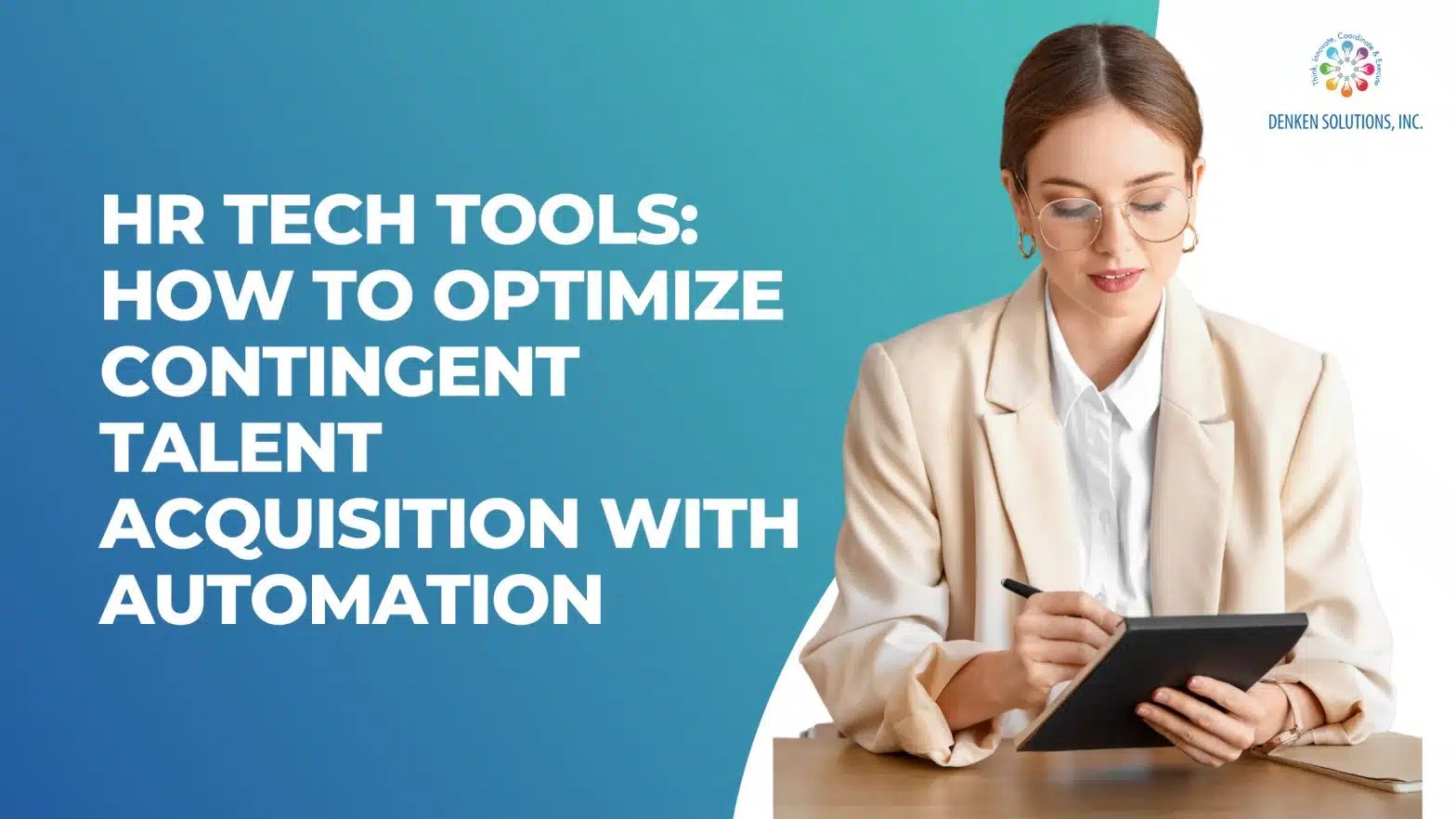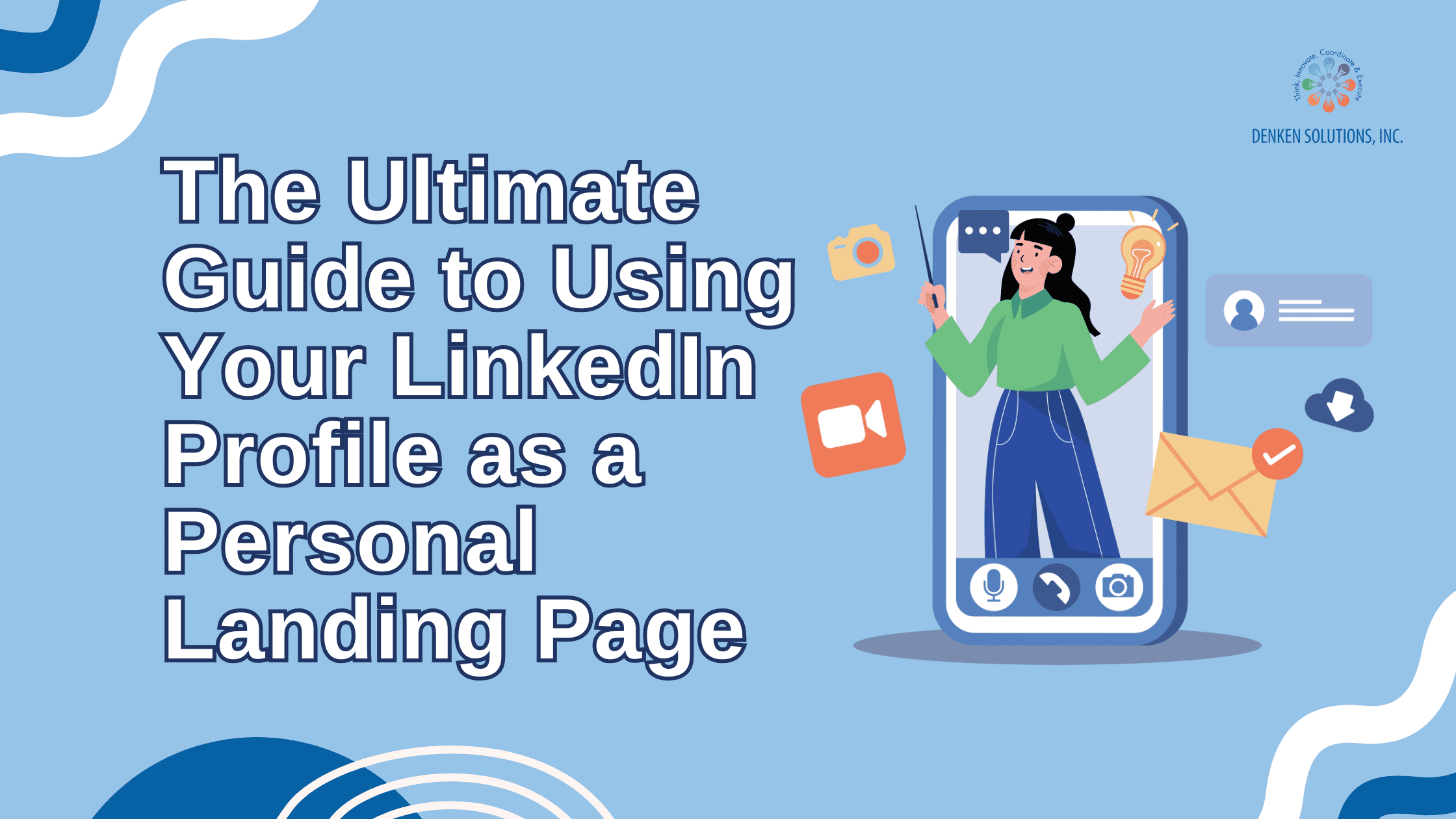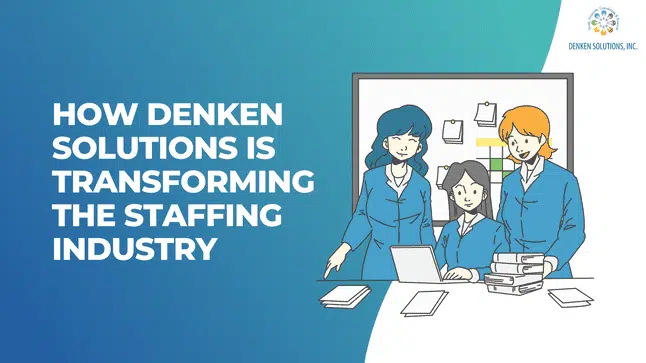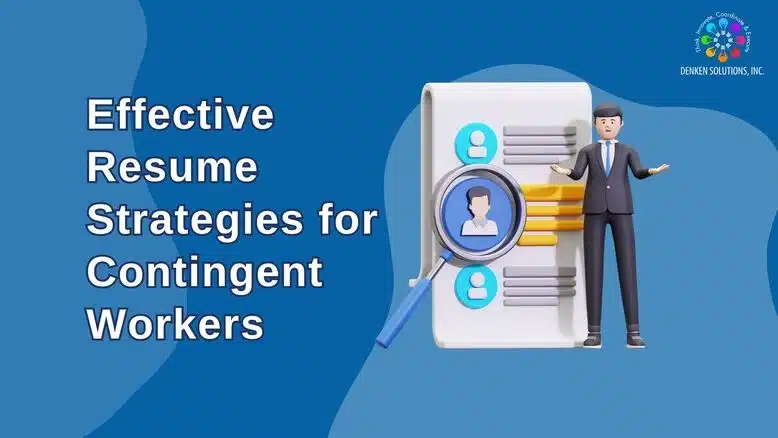A key component of human resource management is talent acquisition, which has recently seen significant breakthroughs due to technological advancements, particularly in artificial intelligence (AI). Automation and artificial intelligence (AI) are at the forefront of the impending technological revolution in the workplace. These developments are more than simply fads; they are becoming indispensable instruments for companies trying to improve decision-making, maximize personnel planning, and maintain competitiveness in a changing market. HR tech for staffing plays a crucial role in streamlining recruitment, enhancing talent management, and ensuring businesses stay ahead of the curve.
What is talent acquisition technology?
The software and technologies used in the hiring process are called talent acquisition technology. Talent applications, outreach to recruiters, interviews, hiring, and onboarding are just a few of the phases that these technologies help with. Businesses must comprehend and use these technologies given the growing competition and complicated employment settings. Many factors of the hiring process depend on this technology, especially with the rise of automated hiring solutions. These tools help streamline recruitment, enhance candidate selection, and ensure businesses stay efficient in a fast-paced market.
The development of technology for hiring talent
The contemporary landscape of talent acquisition has been shaped by several developments. We’ll start by looking at the most significant developments during the last ten years:
- Combining automation and AI:
Industries have been looking for ways to incorporate AI in recruitment ever since ChatGPT became widely known in early 2023. AI has enormous potential for talent acquisition, but its successful application requires a careful, strategic approach. These days, AI is utilized for predictive analytics, chatbots for first contacts, improved applicant matches, and automated candidate screening.
- Transition to remote employment:
Remote hiring has become common due to the worldwide pandemic. Organizations that have adapted can now access a worldwide talent pool. Remote work management systems, online onboarding procedures, and virtual interview platforms are some of the technologies that make this possible.
- Using cutting-edge software:
In-depth insights on candidate engagement are provided by contemporary applicant tracking systems (ATS), which integrate with other HR systems. The key to fostering relationships and creating future talent pools is storing interactions in candidate relationship management systems. The mobile-first era has arrived, and as with all aspects of technology, everything from applications to job searches needs to be mobile-friendly.
- Concerns about ethics and adherence:
Data security and privacy depend on adherence to international data protection laws like the CCPA and GDPR. To do this, present procedures must be audited, data must be handled carefully, and ethical behavior must be guaranteed. In order to prioritize skills and credentials over demographics, AI models used in talent acquisition must also be examined for unconscious biases.
- Growth of decision-making based on data:
This technology’s application in hiring matches a greater capacity for data collection and analysis. Talent teams may now track more data points than ever before because to systems like CRMs and ATS platforms. Tracking metrics like time-to-hire, cost-per-hire, and source of employment is made easier with the use of this data. In addition, data can be utilized to enhance the applicant experience to raise conversion rates and engagement.
Automation and AI’s Potential for Workforce Optimization
Automation and artificial intelligence are changing how businesses handle their workforce and operations. These technologies are improving labor planning in the following significant ways:
- Data-driven decision-making:
AI gives companies the ability to instantly examine enormous volumes of personnel data. AI guarantees that decisions are not just quicker but also better informed, from forecasting future employment requirements to spotting skills shortages.
- Increased productivity:
Routine chores like scheduling, follow-up, and compliance tracking are made easier by automation. Businesses can devote resources to more strategic endeavors by decreasing manual labor.
- Analytics for prediction:
Organizations may foresee trends like employee performance indicators, seasonal hiring requests, and turnover rates by using predictive analytics. Long-term success is fueled by proactive workforce tactics made possible by this foresight.
- Better recruiting of talent:
AI-powered hiring solutions have unmatched accuracy in identifying the best applicants, reviewing resumes, and even determining cultural fit. These skills shorten the time it takes to hire new employees and raise their caliber.
- Elevates worker experience:
Improved Worker Experience AI has the potential to greatly improve the worker experience, which will increase engagement and general job happiness. This includes consistent work schedules, better communication, and onboarding.
A Comprehensive Guide to AI Integration
- Evaluate the current workforce management system:
Examine current contingent worker management procedures carefully, paying particular attention to areas like:
- Project assignment
- Candidate vetting
- Onboarding
- Time Keeping
Find inefficiencies and areas where AI can have the biggest impact, including task automation, data accuracy, or workflow optimization. This process can be streamlined and made more effective by using a consulting firm to help determine whether your company needs AI.
- Select the appropriate AI tools:
For customized solutions, choosing the appropriate AI technologies is essential:
- AI-driven Recruitment Platforms: Utilize platforms like Pymetrics, which employ AI to quickly analyze resumes, conduct video interviews, and measure behavioral patterns to anticipate job fit and performance.
- Automated Onboarding Tools: To free up HR personnel to concentrate on strategic projects, use tools such as BambooHR to automate standard onboarding duties like data collecting, document verification, and first training modules.
- capabilities Assessment Tools: Incorporate Codility or HackerRank, two platforms that examine prospective freelancers’ or contractors’ technical and programming capabilities using AI-powered tests.
- Use performance management software: Performance management software, such as Visier, offers comprehensive insights on employee productivity and performance trends throughout your contingent workforce. This facilitates proactive management and aids in pinpointing areas in need of enhancement or more instruction.
- Train your team:
Provide your HR staff with a thorough training program that covers both the technical aspects of using the AI software and data visualization tools, as well as building strong analytical skills to interpret data outputs, spot trends, and derive insightful conclusions that will help them make informed workforce management decisions. This will guarantee that your HR team can fully utilize AI tools. This dual focus enables them to optimize your contingent labor management strategy by converting the generated data into strategic actions in addition to making effective use of the technology.
- Use AI in phased implementation:
Start with the most important areas determined by your assessment and progressively include AI solutions. To experience the advantages and demonstrate the worth of AI in the company, start by automating hiring procedures or onboarding duties. Before applying AI to other domains, such as performance management or compliance tracking, assess its efficacy and make any required adjustments to your approach.
- Keep an eye on and improve:
Following integration, use particular measures to regularly track the effectiveness of AI systems, including:
- Reduced time to onboarding
- Levels of satisfaction among contingent workers
- Project completion rates within budget
Utilize this information to improve your contingent workforce management and adjust AI features. AI applications will be improved and kept in line with corporate goals with the support of regular feedback loops.
- Assure ethical standards and compliance:
Making sure that your AI solutions abide by all applicable employment laws and data protection standards, including the CCPA and GDPR, is crucial. Conduct audits to avoid biases or ethical problems in automated procedures, and update AI algorithms frequently to reflect changes in the law. In addition to providing legal protection for the business, upholding strong ethical standards in AI applications promotes just and equal treatment of all employees, full-time and contract.
Conclusion:
In conclusion, outsourcing HR services for talent acquisition is becoming more and more dependent on automation and technology. Outsourced HR firms that make investments in automation and technology are better able to provide their clients with hiring procedures that are more precise, data-driven, and efficient. Better hiring practices and a more prosperous company may follow from this.



